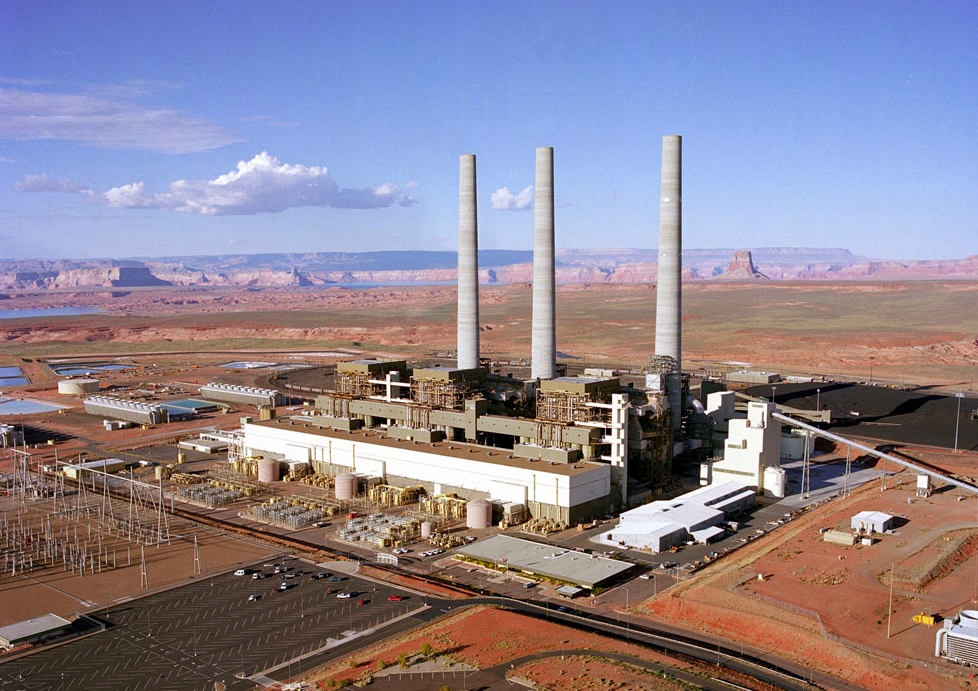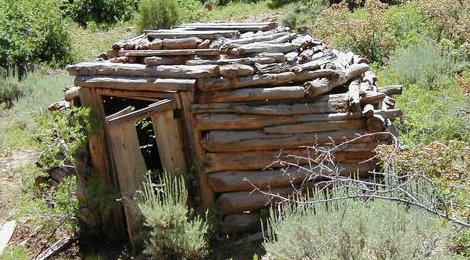…in 2017 the owners of the 2,250-megawatt coal-fired Navajo Generating Station in Arizona announced plans to close the plant in 2019, 25 years ahead of schedule. The closing is proceeding even though a study by Quanta Technology concluded shuttering the plant could endanger the power grid throughout the Southwest.
By Marjorie Haun
The Navajo Generating Station in northern Arizona is a critical source of electricity and jobs for those who live in the region, especially the Hopi and Navajo families who make their homes there. On April 12, the House Committee on Natural Resources held a hearing on the future of the Navajo Generating Station (NGS) and whether not it will continue to operate.

NGS was first commissioned in 1968, and Congress originally authorized it to operate through 2044, but the plant fell prey to President Obama’s Clean Power Plan, and its expiration date was moved to December of 2019. One of dozens of coal and gas-powered generating plants doomed by federal attempts to regulate CO2, the potential shuttering of NGS will have effects far beyond northern Arizona. According to a recent article by H. Sterling Burnette:
…in 2017 the owners of the 2,250-megawatt coal-fired Navajo Generating Station in Arizona announced plans to close the plant in 2019, 25 years ahead of schedule. The closing is proceeding even though a study by Quanta Technology concluded shuttering the plant could endanger the power grid throughout the Southwest.
The House Natural Resources Committee hearing memo also lists important economic and social benefits of NGS including;
•NGS is the largest coal plant in the West. It supplies 2,250 megawatts of power (for reference, one megawatt is enough energy to power up to 900 homes).
•Besides this plant, there are few viable alternative energy sources in the State, with two natural gas pipelines supplying nearly 90 percent of gas flows into Arizona.
•The closure of NGS and an increased dependence on the few other energy sources available could put a strain on the electric grid, risking possible power shortages, failing transmission lines and equipment damage, and even blackouts or brownouts.
•While NGS provides electricity for water and power customers in Arizona, California, and Nevada, it is also critical to the local economies of the Navajo Nation, the Hopi Tribe, and the city of Page, Arizona.
•There are approximately 825 skilled jobs available between NGS plant and the nearby mine, Kayenta, which supplies the coal. The plant has about 500 employees, more than 85% of whom are Native American. Kayenta Mine employs over 300 workers, 99% of whom are Native American.
•Average wages and benefits are more than 10 times higher than the Navajo Nation per capita income.
•The Mine also provides nearly $440 million in direct and indirect economic benefits on an annual basis. Additional benefits to the tribes come from coal royalties, taxes, permits, lease fees, and scholarships from NGS and the Kayenta Mine.
•Mining activities account for over 85% of the Hopi general fund operating budget and 22% of the Navajo Nation’s general fund operating budget.
When it was built in 1968, the primary purpose of NGS was to supply energy to the Central Arizona Project (CAP), a water delivery system that serves 80 percent of Arizona’s population. The Navajo Generating Station is to this day the primary source of energy for pumping that water throughout this arid state. Agriculture, and Indian communities and other municipalities are the primary beneficiaries of CAP water. If NGS is closed it’s projected that water rates for the areas served by CAP could rise as much as 30 percent.
The Natural Resources committee hearing featured testimony from representatives of various interests both in support of and in opposition to extending the life of NGS, including representatives of the Navajo Nation, Hopi Tribe, American Mine Workers, experts on markets, energy and geology, and Arizona state legislators. You can view the committee hearing video below.
Free Range Report
Thank you for reading our latest report, but before you go…
Our loyalty is to the truth and to YOU, our readers!
We respect your reading experience, and have refrained from putting up a paywall and obnoxious advertisements, which means that we get by on small donations from people like you. We’re not asking for much, but any amount that you can give goes a long way to securing a better future for the people who make America great.
[paypal_donation_button]
For as little as $1 you can support Free Range Report, and it takes only a moment.



